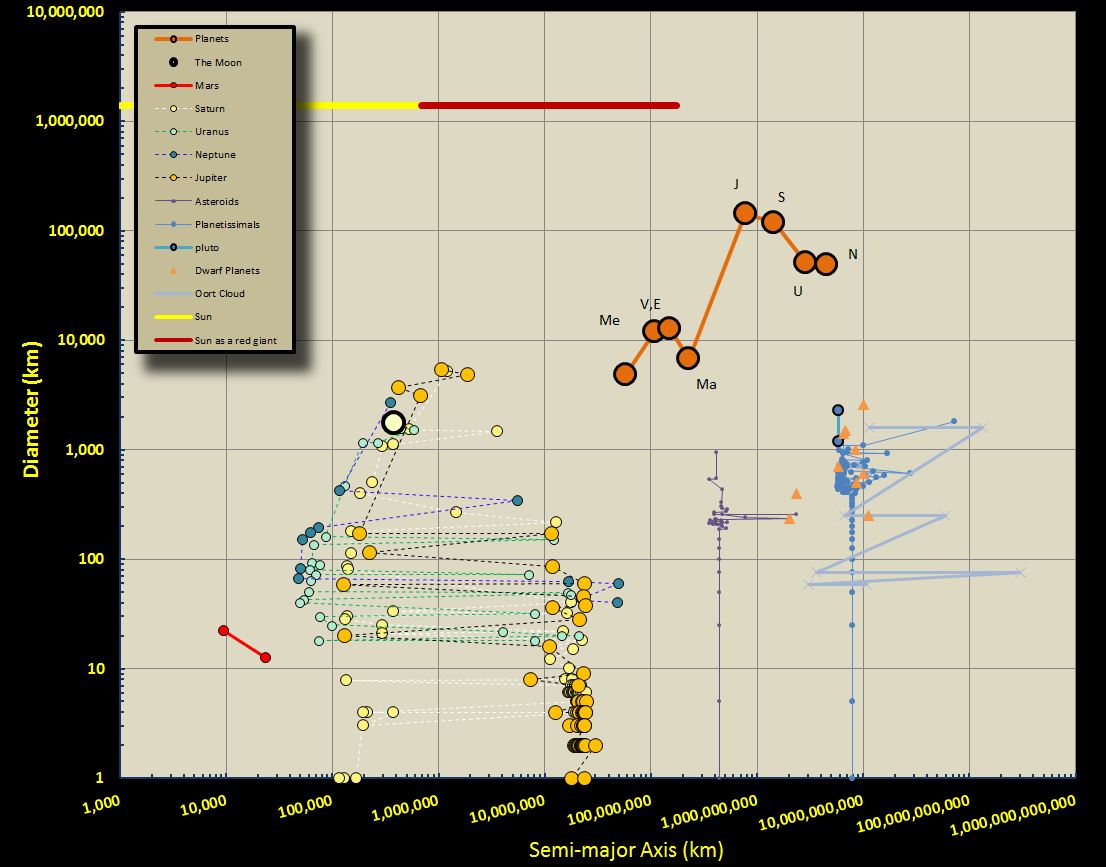Taking off from a year ago when we introduced light and coolth into our lounge with the window/aircon renovation we then proceeded with the oven, fan, blinds in the kitchen, a whole new bathroom, a complete revamp of the spare room (no more yucky colours or redundant space). The box room got a damn good clear out too...lucky for the charity store...and it is now functional.
We did quite an epic adventure with Carl to the south coast over Australia Day in January (see http://geotim.blogspot.com/2014/02/western-australias-south-coast.html https://www.facebook.com/media/set/?set=a.10100769130274171&type=1&l=829ad021a7)
Outside we now have lights around the pergola which makes for a bit of a Christmasy display too. The cracks in the wall from the palm trees have been patched up. I took out the old barbecue and we're in with the new gas one (we use it much more as it doesn't need 40 mins to get going each time). I did a lot of gardening as we are now getting all the beds to our liking, so lots of weeding and composting and replanting, helping out with our shared area too. Fawna has been successful in germinating a variety of chillies for a tasty start to 2015. The biggest single task was getting one of the palm roots out, which according to some requires dynamite! But with the help of Stu, a lot of drilling and wedging, a giant wrecking bar and about 2 full days of work it is out!
As for holidays we did manage a family visit to UK where we experienced a lovely springtime with family and friends. Unfortunately Fawna was ill the WHOLE time but she still managed to get up to England's highest peak (Scafell). This was one end of our NW-SE cross section from Cumbria via Birmingham (to catch up with Lara and Barry) and to London and Kent. The latter including a game of snooker at Pat's. We had a cosy little time at Wasdale with Mum and Dad and celebrated our first wedding anniversary there. Great also to see Suz and Brendan's place for the first time outside of a Skype chat and get an idea of the East Dulwich massive with a tour of the neighbourhood.
We treated ourselves to a stopover in the Seychelles on the way back. These were incredible days on the isle of La Digue. Quite a paradise and high contenders for best beachscapes in the world. The other holiday we managed ended just a couple of weeks ago when Dane visited and we showed him around Perth. We had a relaxing time up at Kalbarri too walking around gorges and craggy coasts. Immaculate weather for the most part...the garden is now complaining for lack of water.
Workwise, I've started supervising a keen PhD student, which has been rewarding this year. The Chinese joint project commitment is over which will free up some time and I also managed to win best talk at our annual lectures with Fawna also getting credit for a great talk. Work is being quite friendly to Fawna who is progressing well and gaining more recognition of her talents. With a few necessary field stints we're both a little ahead of the game so that we don't have much, if any, mapping to do next year. So, after some progress at work we now are enjoying the summer and a short holiday before the lead up to the birthing date probably towards the end of Feb.
Best wishes to all, Merry Christmas!

























